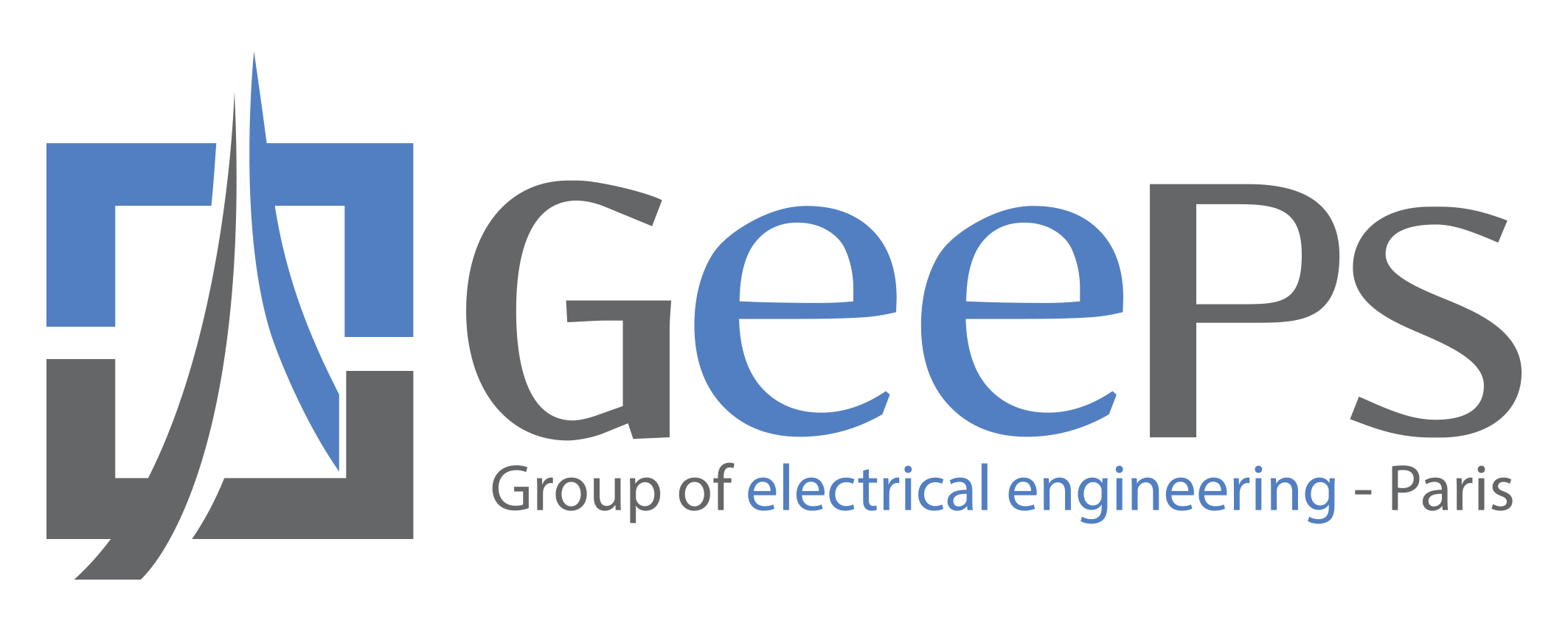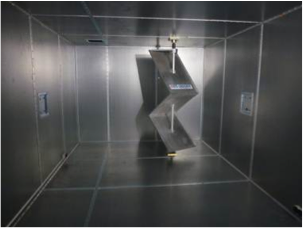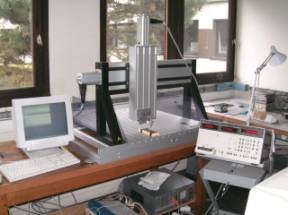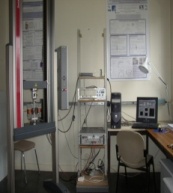Introduction
The strong competence of the "Waves and Propagation" theme lies in the study of the propagation of electromagnetic waves in order to better understand the physical phenomena that surround us and also to design innovative systems, with a view to responding, with the "Integrated Electronics, Circuits and Systems" theme, to the four major societal challenges that the laboratory has set itself in agreement with national and European programmes.
Electromagnetic waves are a universal resource for the detection and destruction of tumours in the human body, for communication between distant objects and for the observation of space. Thus, the control of the generation, propagation and detection of these waves appears to be essential for the optimisation of their use, as applications based on this physics are omnipresent in our society. These aspects are all the more critical as the waves propagate in complex environments. Thus within these environments, two major obstacles are identified as preventing optimal exploitation of electromagnetic resources:
- the ability to detect and locate objects
- the ability to focus energy or information.
To lift these locks, the theme "Waves and Propagation" relies on its ability to finely manipulate the propagation of waves by taking the following dual approach:
- Representing natural (and naturally) complex environments.
The aim is to describe them from a numerical modelling point of view with the development of specific codes capable of handling large scenes (detection of targets under forest cover, for example). It is also a question of reproducing them experimentally by developing non-standard devices (phantoms with heterogeneous media emulating the properties of the human body, reverberation chamber capable of reproducing propagation channel statistics). - Dimensioning complex artificial environments.
The aim is to design and build electromagnetic systems that confer specific properties to the waves via the development of dedicated codes (tensorial metasurfaces to control the radiation of the waves in order to design antennas, metasurfaces with additional geometric symmetries to control the propagation of guided waves).
This dual approach benefits from a strong know-how in electromagnetic modelling, leading to simulation capacities not reached by commercial software and in adequacy with the optimisation of complex devices and the resolution of inverse problems (in connection with the "CEMES" theme).
These skills are used in the development of new focusing, detection and localisation techniques. The work considered in this project and already initiated, will in particular make it possible to increase the detection capacity of the systems:
- multi-pixel observation of THz space images,
- detection of maritime targets in an area not covered by current technologies (issues: "System security and reliability"),
- to improve spatial resolution in hyperthermia medical treatments, to determine people's heartbeat without contact (issue: "Health and well-being")
- or to authorise geolocalised wireless data transmission (issues: "System security and reliability" and "Energy efficiency").






